When your lower back locks up, walking and stretching are key
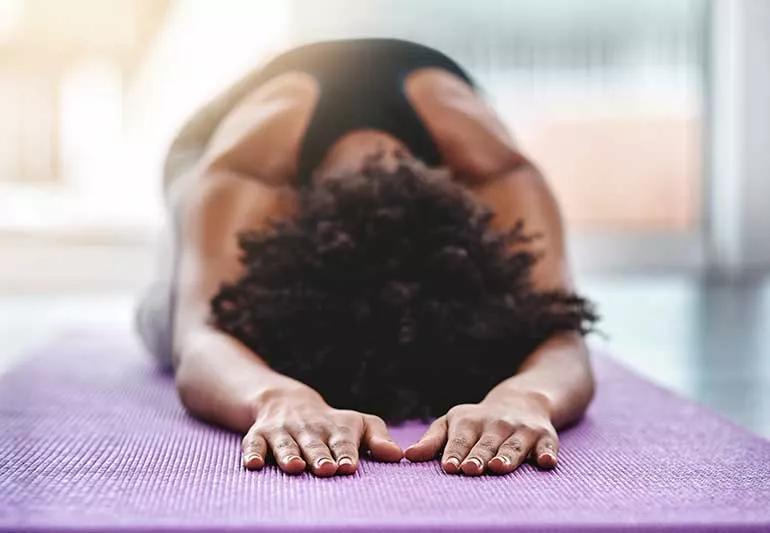
Your back is a finicky thing, isn’t it?
Cleveland Clinic is a non-profit academic medical center. Advertising on our site helps support our mission. We do not endorse non-Cleveland Clinic products or services. Policy
Too much standing? Back pain. Too much leaning over while gardening? Ouch. Long day sitting in meetings? Ack! My back!
It can seem like the sweet spot between too much and too little activity is a tough line to find. But when you cross it, your back will let you know.
When your lower back is yelling for relief, you may be tempted to head to bed and wait it out. But that’s usually not your best bet, says physical therapist Patti Kopasakis, DPT.
“When you have lower back pain, your first instinct may be to rest, but that just adds more stiffness to the equation,” Dr. Kopasakis explains. “Gentle movement can help to work out the kinks. But the key is to listen to your body and not plow through pain.”
Here, Dr. Kopasakis shares some of the best exercises and stretches to relieve your lower back pain.
The best way to work out your lower back pain can depend on a few things.
For starters, if your pain is the result of trauma, like a fall or an accident, talk with a healthcare provider before attempting to stretch it out yourself. The same goes for back pain that’s associated with a cough, vomiting or other signs of illness.
But if your pain comes after a long day of sitting in an uncomfortable chair or after going too hard on housework or yardwork, some light exercise and stretching may be just what you need.
“Listen to the feedback you’re getting from your body,” Dr. Kopasakis advises. “If things are hurting worse, that’s an indicator to back off.”
Notice, too, how different kinds of movements affect you differently. If your pain isn’t improving after trying some forward stretching, try extending backward instead. And vice versa: If it doesn’t feel good to arch your back and lift your chest, try some forward-bending movements instead.
“Ultimately, the goal is to get good movement in all directions without pain,” she says. “But it may take some time and trial and error to find what works best for you.”
Your breath can create more space within your body, which can allow your exercises and stretches to be more productive. That’s because breathing is a cue to your nervous system (your fight-or-flight response) that you’re not in a dangerous situation and it can slow its roll.
“What tends to happen is that back pain tenses up when you feel pain, which makes movement difficult,” Dr. Kopasakis explains. “Your brain interprets these pain signals and will limit your movement.”
This can make you want to avoid moving. That leads to stiffness, which creates more pain. It’s a vicious cycle.
But there’s a difference between hurt and harm that can be hard to sort out when your body is in a sympathetic (fight-or-flight) state. Your body interprets pain (hurt) as a threat of all-out damage (harm). But not every pain is a sign of real harm.
“There’s a difference between experiencing some pain and having a true injury,” Dr. Kopasakis clarifies. “People can be afraid that pain automatically equates with structural damage. But unless you’ve experienced some kind of inciting event, like an accident or illness, you’re often just getting signals from your brain that something is off. Not that you’ve actually been harmed.”
Dr. Kopasakis suggests that before exercising or stretching your lower back, try some deep breathing techniques to help calm your nervous system.
Focus on taking a nice, long inhale and exhale. Relax your abs and relax your back.
“Deep breathing is a nice way to get the nervous system in a calmer state to be able to move more freely and have the best success,” she says.
Once your body is ready for it, give these stretches and exercises a try. Again, listen to your body and push to the point of feeling a stretch. Back off any movements that further aggravate your pain.
This lying twist can be done by lying on your back. Choose the surface that’s most comfortable for you, whether it’s the floor or a bed.
The cat-cow yoga pose helps bring flexibility to your spine. Typically, it’s done on your hands and knees, starting in a tabletop position. This modification can bring similar benefits but with less strain on your aching back.
This standing stretch targets the sides of your abs and back. If you find that keeping your balance is difficult, try holding a counter or table with one hand while you stretch to the other side.
Bridge pose is a good stretch to get your spine back in a neutral position and get your glutes working to ease pain in your lower pack. If it’s safe and comfortable for you to get down to (and up from) the floor, start there for this stretch. Or try it in bed if that’s easier.
Like cat-cow, child’s pose is typically done on the floor. But a modified version uses a countertop or other higher surface to be gentler on an aching back.
If your body will allow, the traditional child’s pose can help loosen up your back as well.
Walking can help work out the kinks when your lower back is flared up, but you’ll want to take a few precautions, Dr. Kopasakis advises.
How far and how often you walk to relieve your back pain is a matter of your activity level and how your body tolerates it. Start by going a short distance and working your way up. That may mean walking down your street for two houses and coming back. If you’re feeling OK, go two houses in the other direction. The idea is not to stray too far from your home base. Remember, the farther you go in one direction, the farther you have to walk to get back.
And while it’s easy to stop stretching or exercising when you notice tension, walking isn’t something you can necessarily stop doing the second you feel uncomfortable.
“As you’re walking, if you notice discomfort, don’t just plow through. Stop and take a deep breath. Think about trying to relax your muscles,” Dr. Kopasakis advises. “Sometimes, people don’t realize how tightly they’re holding their body — how much they’re guarding — until they take that deep breath and really make an effort to relax. And then, they may realize, ‘OK, yeah, I was holding a lot of tension there. And now I have some new space to move in.’”
Again, if your back pain is from something like a fall or other traumatic event, talk with a healthcare provider rather than trying to DIY. Your provider will want to rule out more significant harm before advising you on the best route to pain relief.
If these or other exercises aren’t working for you, consulting with a physical therapist may help. They can tailor a program to your specific goals and needs.
Additionally, contact a provider if you’re experiencing symptoms of nerve damage, like tingling, weakness or pain that radiates down one or both legs.
Learn more about our editorial process.

Chair exercises can help people age 65+ retain independence

Both are needed for a healthy body
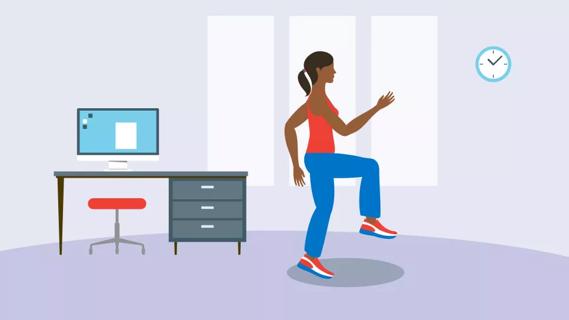
Counteract psoas muscle stiffness and soreness with stretches that lengthen and strengthen
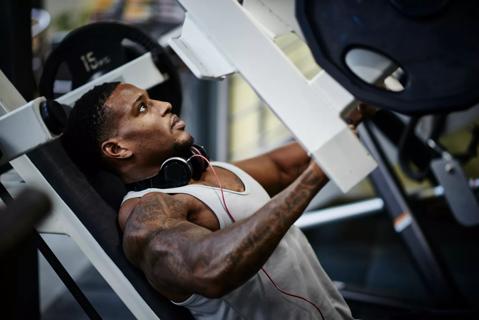
It may be OK, depending on your health, fitness level and type of exercise
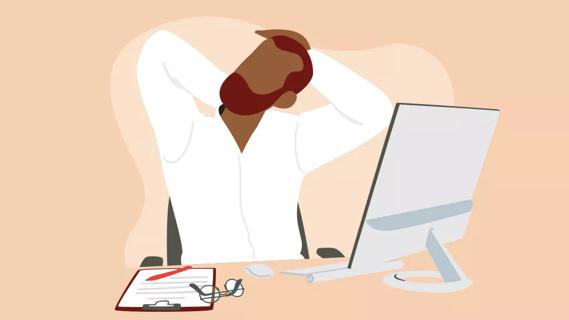
Simple exercises like wall angels and pelvic tilts can help keep your body in an optimal position — and help undo years of improper posture habits
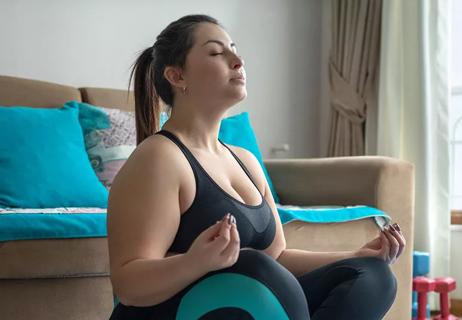
Losing belly fat can reduce your risk for chronic health conditions — try focusing on a diet high in lean protein, exercising regularly, reducing stress and getting quality ZZZs

Stretch before heading outside, keep proper form and avoid jerking or twisting to throw snow
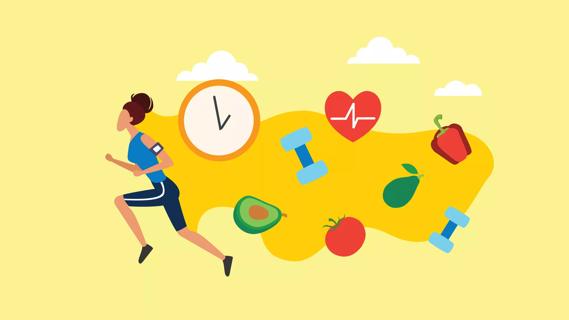
It’s best to exercise before or after your fast, instead of during it

Your metabolism may torch 1,300 to 2,000 calories daily with no activity

A gentle touch in all the right places may help drain your sinuses